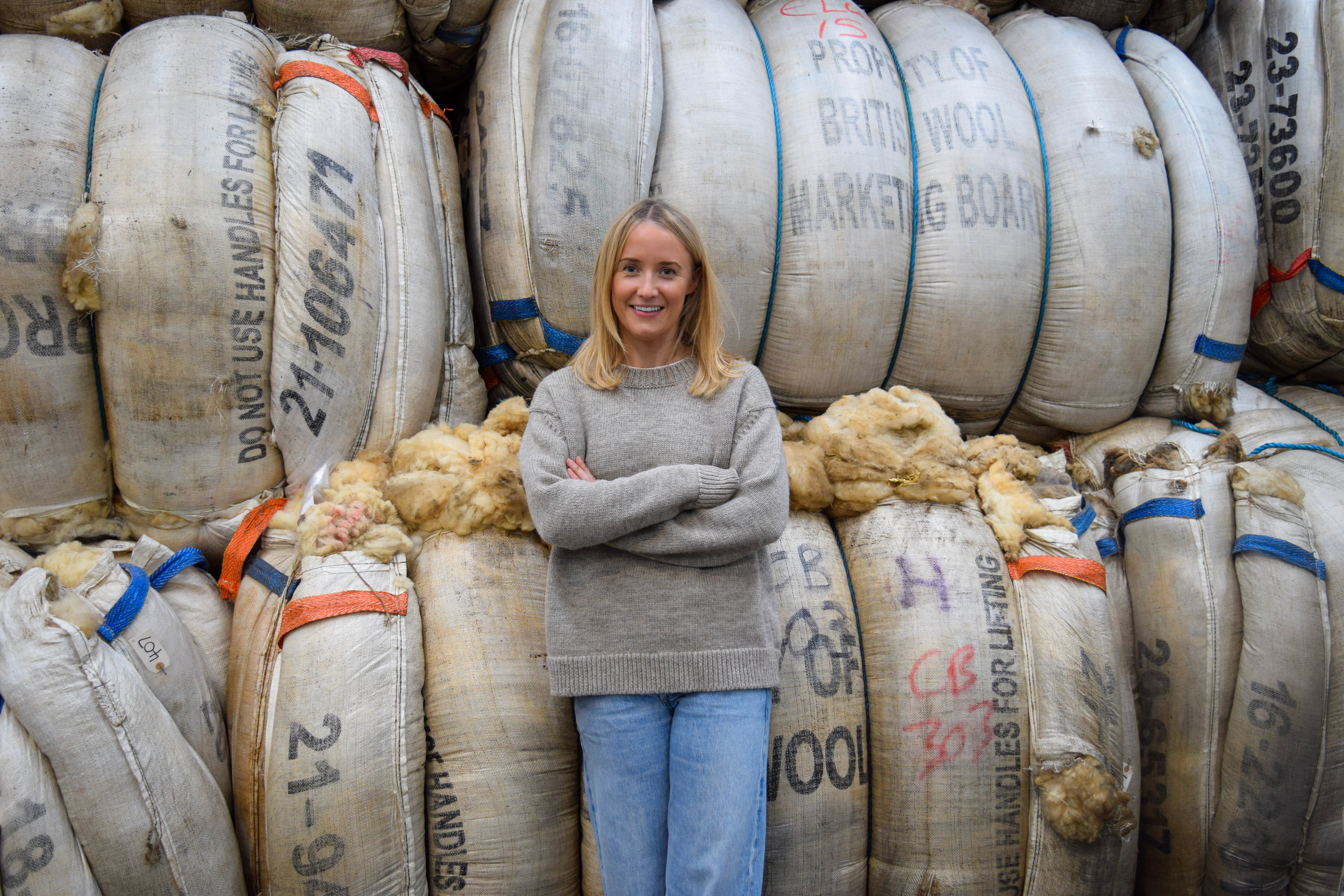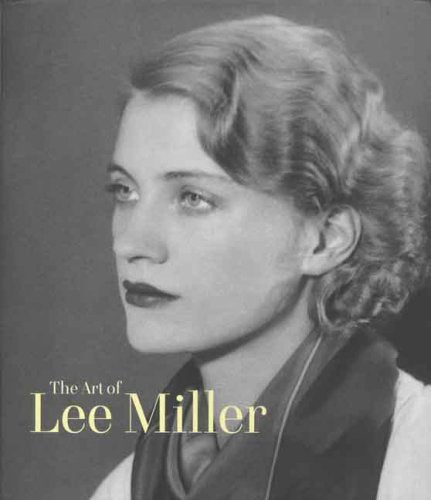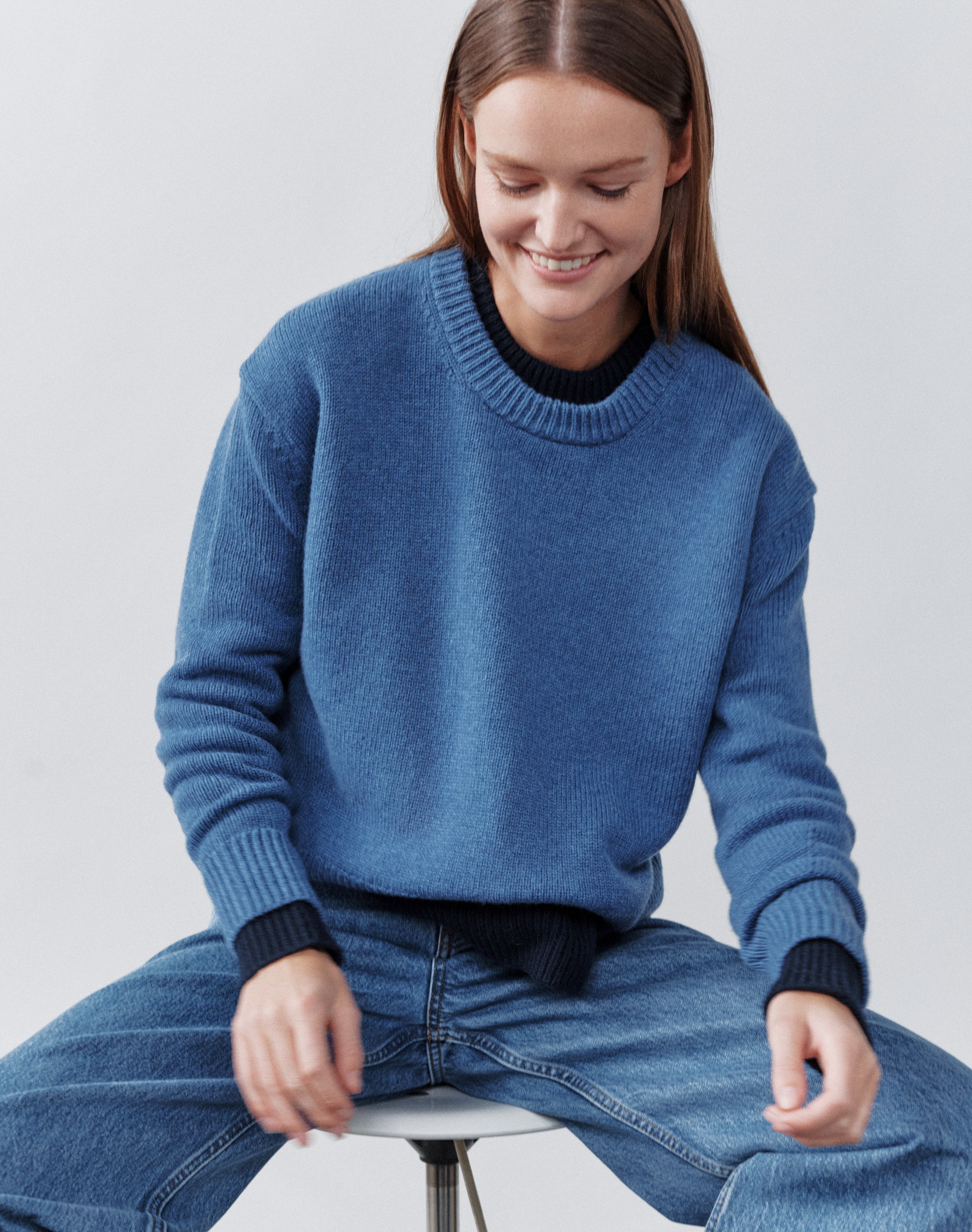From photojournalists to radio operators, women took a far more active role in WWII than many people realise. Here are five women who deserve to be remembered.
Lee Miller
Lee (Elizabeth) Miller started modelling for American Vogue at the age of 19 but was keen to play a role behind the camera as well as in-front of it. So, she moved from New York to Paris, and started learning photography from leading visual artist Man Ray. Over the next few years, Lee worked as both photographer and model, in France, America and Egypt.
Lee had a particular interest in surrealism. When war broke out, she was living with the British surrealist painter Roland Penrose in London. Lee became a war correspondent – a role almost solely reserved for men – and gained a position as the official war photographer for Vogue. As a woman, Lee was supposedly restricted to ‘safe zones’, but she ended up shooting the bombardment of St. Malo, field hospitals in Normandy and the Liberation of Paris, as well as the concentration camps at Dachau and Buchenwald.
Lee Miller died in 1977, aged 70. She is believed to have taken 60,000 photographs, many of which survive today. Lee Miller and Picasso in the artist's studio
Lee Miller and Picasso in the artist's studio
Clementine Churchill
According to Winston Churchill’s chief of staff, General Ismay, without Clementine the “history of Winston Churchill and of the world would have been a very different story.”
Clementine married Winston in 1908. She became his trusted confidante and has been described by some historians as his ‘social conscience’ and one of his most influential advisors.
Clementine held several charity roles over her lifetime. Her work to organise meals for munitions workers saw her granted a Commander of the Order of the British Empire (CBE) in 1918. During WWII, she became Chairman of the Red Cross Aid to Russia Fund, as well as Chairman of the Maternity Hospital for the Wives of Officers, and President of the Young Women's Christian Association’s War Time Appeal.
If Clementine had been born a few decades later, she may have gone into politics herself. According to her biographer, Sonia Purnell, “She once said early in life she would have loved to have been a statesman in her own right if only she had been born with trousers rather than petticoats.”
At the age of 80, Clementine was made a life peer – Baroness Spencer-Churchill. Winston and Clementine Churchill campaigning in the 1945 General Election
Winston and Clementine Churchill campaigning in the 1945 General Election
Noor Inayat Khan
Noor Inayat Khan was born in Russia to Indian parents but moved to England with her family as a baby. They relocated to France when Noor was six but returned to the UK when the war broke out.
Noor quickly joined the Women's Auxiliary Air Force (WAAF) and trained as a wireless operator. She was sent to assist the French resistance – the first female wireless operator to do so. Her mission was to send and receive covert messages. It was an incredibly dangerous role. The average life expectancy of a radio operator was just six weeks.
Not long after arriving in France, Noor was told she was being sent back to the UK for her own safety – the Nazis were rounding up her resistance network. Noor asked to stay. She was captured four months after her arrival.
Noor managed to escape but was recaptured and sent to Germany, where she was kept in solitary confinement for 10 months.
Noor was executed at Dachau concentration camp, aged 30. Noor Inayat Khan
Noor Inayat Khan
Margaret Bourke-White
Margaret Bourke-White is believed to be the first female war correspondent. She was already a high-profile photojournalist in the US before WWII. She shot Life magazine’s very first cover, and captured bleak images of drought, famine and the Great Depression.
In 1930, Margaret became the first Western professional photographer allowed into the Soviet Union, where she photographed Joseph Stalin, amongst other notable figures.
When WWII broke out, Margaret became the first woman to be allowed to document a war zone. In 1941, she travelled back to the Soviet Union – she was the only foreign correspondent in the area when Germany invaded. Later in the war, she worked with the US Army Airforce in North Africa, and the US Army in Italy.
Margaret survived being torpedoed, shot down and strafed, and went on to cover the Korean war and other conflicts. She died from Parkinson's disease at the age of 67. Her photographs are displayed in numerous collections across the United States, including the Museum of Modern Art, the Rockefeller Centre and the Library of Congress. Margaret Bourke-White on board the S.S. Washington on her way to Europe to photograph during World War II, 1939
Margaret Bourke-White on board the S.S. Washington on her way to Europe to photograph during World War II, 1939
Audrey Withers
The woman who appointed Lee Miller as a war correspondent was Vogue editor Audrey Withers. Audrey took on the role in September 1940, aged 35. Even being in the London office was dangerous – in her first few months as editor, Audrey witnessed 57 nights of bombing. (The offices were eventually destroyed.)
Over the course of the war, Audrey led a seismic shift at Vogue. While it never veered from being a fashion magazine, a key focus was now on the war effort and women’s role in it. The magazine didn’t just cover the men away fighting, it celebrated the bravery of ordinary women who worked as Spitfire pilots, gunners, nurses, farm hands, ambulance drivers and field kitchen cooks. “Last year women were running households. This year they are running canteens, voluntary organisations, service units – and taking orders as well as giving them.”
By the end of the war, the world (and women’s view of their place in it) had changed forever. As Vogue printed, “Where do they go from here – the Servicewomen and all the others, who without the glamour of uniform, have queued and contrived and queued, and kept factories, homes, and offices going? … How long before a grateful nation (or anyhow, the men of the nation) forget what women accomplished when the country needed them? It is up to all women to see to it that there is no regression – that they go right on from here.”






